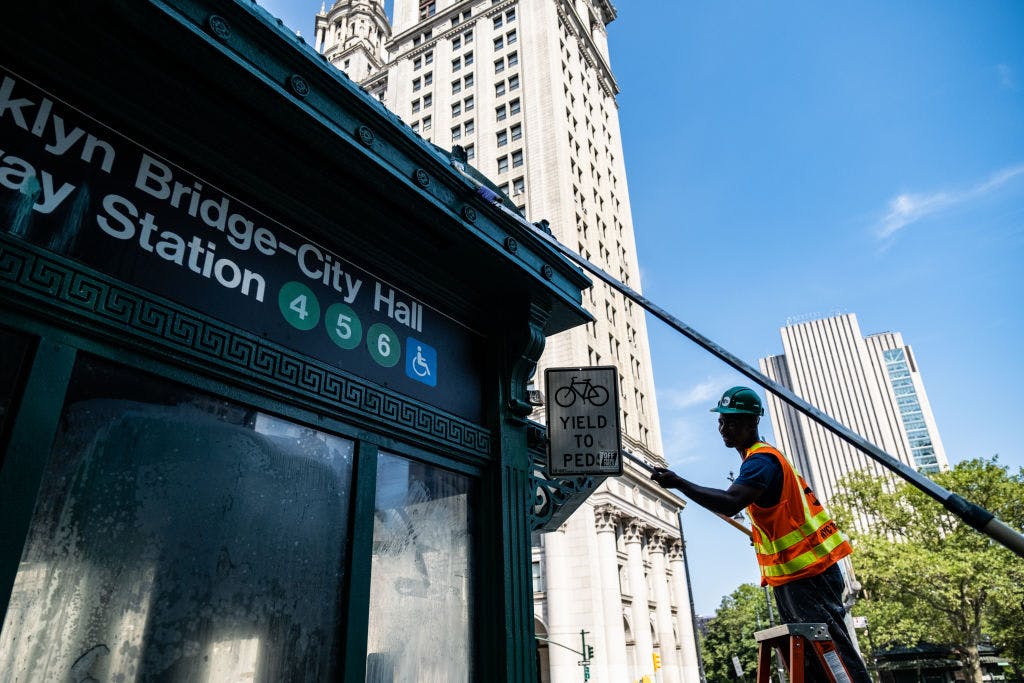The MTA is under pressure to spend big on New York’s infrastructure
A report suggests the bill could be around $115 billion
The Metropolitan Transportation Authority (MTA) is under a lot of pressure at the moment, and not just from disgruntled New Yorkers who’ve suffered another hellish commute. The authority will declare its capital budget for the 2025-2029 period by October 1, and two separate reports have called on the agency to cough up as much as $115 billion over 5 years to get NY’s public transport back on track.
The $115 billion estimate comes from the Citizens Budget Commission (CBC), an independent fiscal watchdog. Meanwhile, a report from the state comptroller Thomas DiNapoli last week suggested that the MTA needs anywhere between $57.8 billion and $92.2 billion to cover the costs of replacing old units, expanding the network, and improving accessibility — or (as the president of the CBC put it) “the basics”. Both analyses suggested that the MTA could struggle to meet those financial thresholds, even with potential revenue from New York’s paused congestion pricing plan taken into account.
Travel money
For the 2020-2024 Capital Program, which was approved shortly before Covid struck the US in earnest, the MTA pledged to invest nearly $55 billion into the region’s subways, buses, railroads, and bridges/tunnels.
According to the authority’s capital commitment figures in the years since, however, it will have fallen short of that target by the time it publishes plans for the coming period next month.
Despite committing a record $11.4 billion in 2022 to revamp some of the busiest transit systems in the Western world, the MTA’s spending has slumped in the years since, dropping to $8 billion in 2023, and just $2.9 billion planned for this year. Interestingly, the agency reportedly claimed that the 2024 goal would have been $12 billion, were it not for pending litigation around the now-halted congestion pricing.
Meeting budget might be even harder in the post-pandemic world too. Indeed, passenger usage of New York City’s public transport remains subdued relative to pre-2020: subway daily ridership was just over the 3 million mark last week, nowhere near the 5+ million in 2019.
